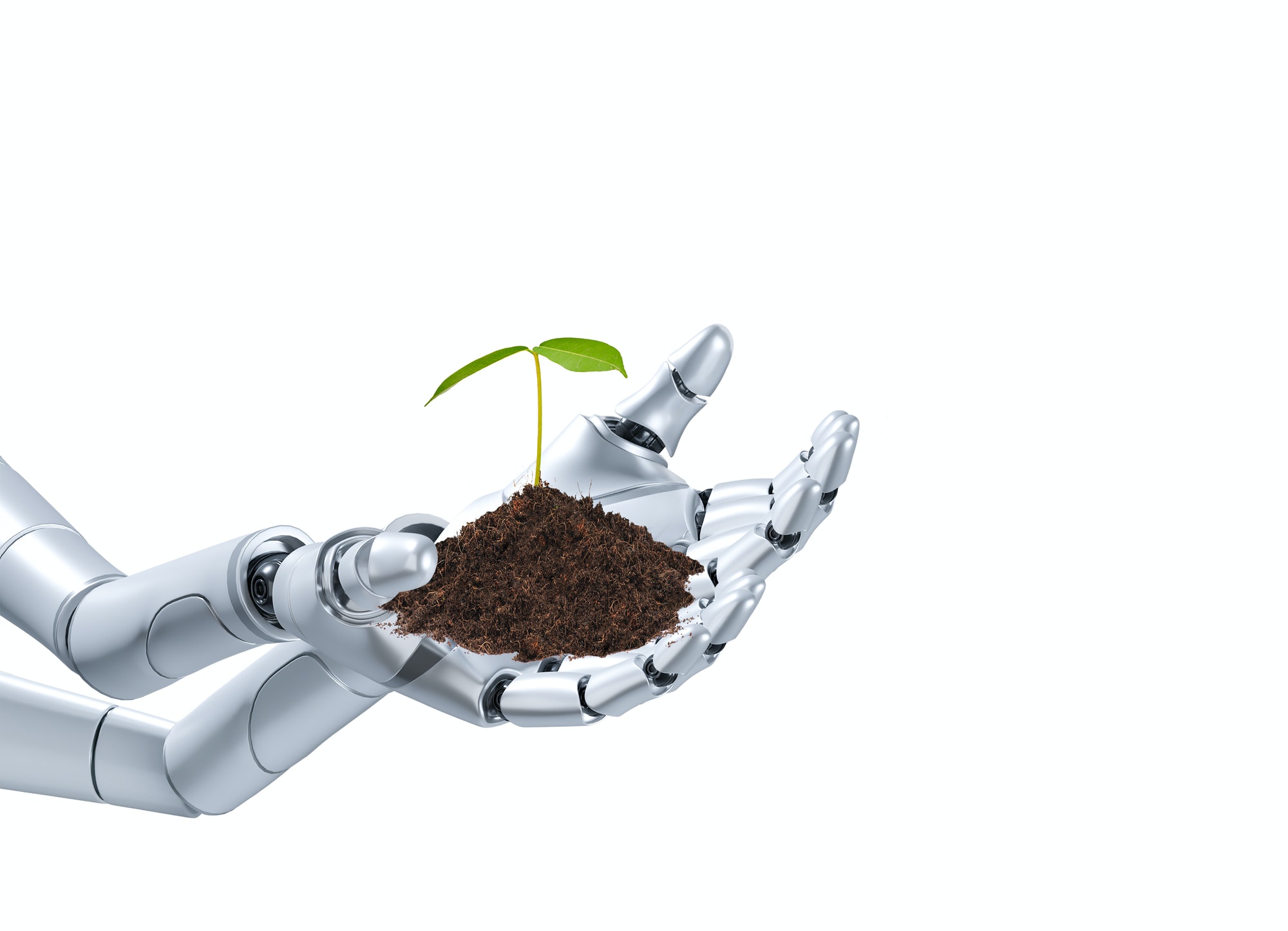A Quick Look at AI in Agriculture
The world of farming is getting a major upgrade thanks to Artificial Intelligence (AI). This isn’t just about futuristic tractors; it’s about using smart tech to grow more food, fight plant diseases, manage farms with robots, make better decisions with data, and take care of animals efficiently. All these cool innovations are making farming better for the planet, easier on the pocket, and a lot more productive. Sure, there are some bumps along the road like the cost to start and worries about who controls farm data, but the benefits of AI in farming are too good to pass up.

Why AI in Farming is Taking Off
Everyone’s jumping on the AI bandwagon in farming for a bunch of reasons. Farmers want to grow crops more smartly with precision farming, there’s tons of data to help make better decisions, and there’s a real push to farm in ways that are good for the planet. Plus, with not enough hands to work the fields and more mouths to feed every day, technology is stepping in to help. Advances in tech, support from governments, the need to adapt to changing climates, and a competitive market are all pushing AI in farming to new heights.
The Market in Numbers
The money going into AI for farming is expected to shoot up from $1.2 billion in 2022 to a whopping $10.2 billion by 2032. That’s a yearly growth rate of 24.5%, showing just how hot this area is right now.
Top Players in AI-Powered Farming
Deere & Company
- When They Started: 1837
- Where They’re Based: Moline, Illinois, USA
- Who’s in Charge: John C. May
- Earnings: $52.5 billion in 2022
- Team Size: About 82,200 as of 2022
- Website: http://deere.com/
Deere & Company is all about making farming smarter with AI, giving farmers the lowdown on how to grow better crops and be kinder to the environment through tech and smart acquisitions like Blue River Technology.
IBM
- When They Started: 1911
- Where They’re Based: Armonk, New York, USA
- Who’s in Charge: Arvind Krishna
- Earnings: $60.5 billion in 2022
- Team Size: About 288,300 as of 2022
- Website: https://www.ibm.com/
IBM’s Watson is like a farming genius, using AI, the Internet of Things (IoT), and satellite pics to help farmers grow crops more efficiently, while also pushing for a transparent and sustainable supply chain.
Raven
- When They Started: 1956
- Where They’re Based: Sioux Falls, South Dakota, USA
- Who’s in Charge: Daniel A. Rykhus
- Earnings: $348.4 million in 2023
- Team Size: About 1,290 as of 2023
- Website: http://ravenind.com/
Raven Industries is big on using AI for precision farming, making sure every seed and drop of water counts towards a healthier planet and better yields.
Trimble
- When They Started: 1978
- Where They’re Based: Westminster, Colorado, USA
- Who’s in Charge: Robert Painter
- Earnings: $3.6 billion in 2021
- Team Size: About 11,931 as of 2021
- Website: https://www.trimble.com/
Trimble mixes AI and data to make farming as precise as possible, boosting how much food we can grow and making sure farming is eco-friendly with the latest gadgets and gizmos.
In short, AI is making farming cool again by making it smarter, more sustainable, and more productive. It’s a game-changer for how we grow our food and manage our farms.

Frequently Asked Questions (FAQs) About AI in Agriculture
- What is AI in Agriculture?
AI in Agriculture involves using artificial intelligence technologies, like machine learning and data analytics, to improve farming practices. This includes everything from precision farming, which helps farmers plant crops more efficiently, to predictive analytics that forecast weather and crop diseases, making farming smarter, more sustainable, and productive. - Why is AI becoming popular in farming?
AI is gaining traction in agriculture for many reasons. It helps tackle labor shortages, improves crop yields, supports sustainable farming practices, and addresses the urgent need to feed a growing global population. With AI, farmers can make informed decisions, reduce waste, and maximize resources, which is essential for both profitability and environmental sustainability. - How does AI benefit farmers?
Farmers benefit from AI by getting precise information about when to plant, what to plant, and how to manage their crops and livestock for maximum efficiency and yield. AI technologies can also predict environmental changes, detect plant diseases early, and recommend actions, saving time and resources while boosting production. - What are the challenges of implementing AI in agriculture?
Despite its benefits, implementing AI in agriculture comes with challenges such as the high initial investment in technology and training, the need for reliable data collection and analysis systems, and concerns over data privacy and security. Additionally, there’s a learning curve for farmers to adapt to new technologies. - Who are the leading companies in AI for Agriculture?
Leading companies in the AI agriculture space include Deere & Company, known for precision agriculture; IBM, with its Watson Decision Platform for Agriculture; Raven Industries, focusing on AI-driven solutions for optimized farming; and Trimble, which provides advanced technology for data analytics and precision agriculture. These companies are at the forefront of integrating AI into farming to make it more efficient and sustainable.
Sources Scoop


